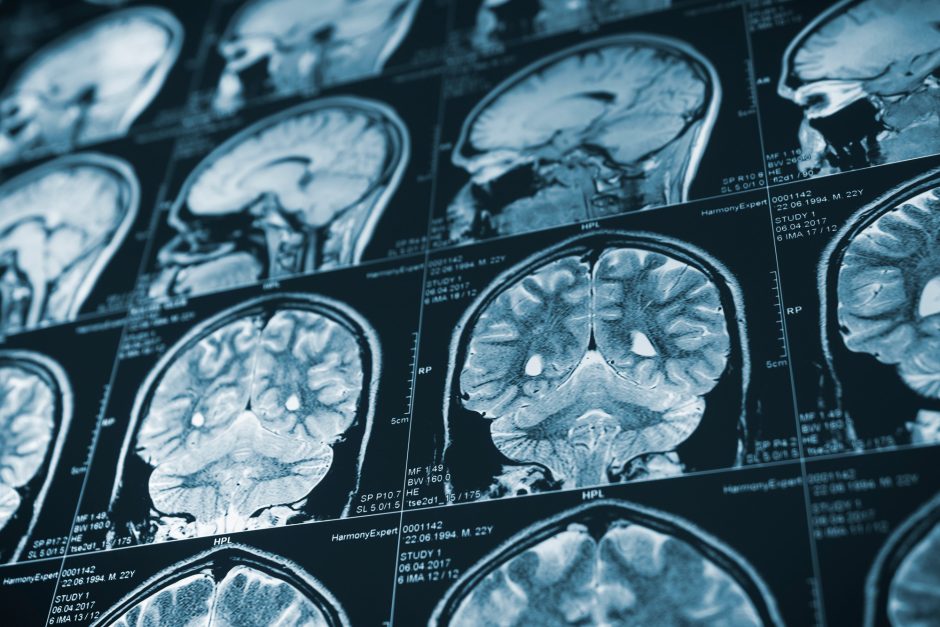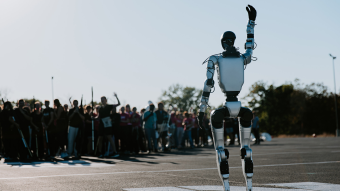
Oct. 1, 2025
Contact: Cary Littlejohn, carylittlejohn@missouri.edu
University of Missouri researchers are on the frontlines of the fight against strokes, the nation’s fourth leading cause of death.
Leading the charge is Shinghua Ding, a professor in the College of Engineering’s Department of Chemical and Biomedical Engineering and a resident investigator a Mizzou’s Dalton Cardiovascular Research Center, who recently secured a $3 million grant from the National Institutes of Health to study how the brain repairs itself after a stroke.
The goal: to unlock faster recoveries and hope for millions of stroke survivors.
“Ischemic stroke is caused by blood being blocked in the brain,” Ding said. “If the blood is stopped, the brain can’t get oxygen and nutrients to certain areas, and this causes damage. But the brain is actually very flexible. While large strokes can paralyze or kill, those who experience a smaller stroke can recover.”
Currently, stroke treatment options are extremely limited. Only one drug is available, and it must be given within a three- to five-hour window in order to work. Because many stroke victims don’t immediately recognize they’ve experienced a stroke, that window closes before they receive care.
That’s why Ding’s work could be a game-changer. His research aims to help the brain repair itself, potentially speeding recovery for patients who aren’t able to benefit from existing treatment options.
Instead of focusing solely on neurons — the brain cells that control movement, speech and memory — Ding’s lab focuses on the glial cell. Long considered a supporting cell, glia are now revealing themselves as key players in brain healing and regeneration.
“They actually play an active role in the brain’s function and also pathology,” Ding said.
Astrocytes, a sub-type of glial cells, are normally stable, but after an injury, such as an ischemic stroke, the cells become activated. These reactive astrocytes start multiplying and even change shape, Ding said.
His research team is interested in how these reactive astrocytes contribute to the brain’s recovery. Ding hypothesizes that after a stroke the reactive astrocytes may change their metabolism, essentially reprogramming themselves, to release small molecules or growth factors. These, in turn, act as fuel for the neurons as the brain attempts to repair itself.
The research will be funded for five years.



